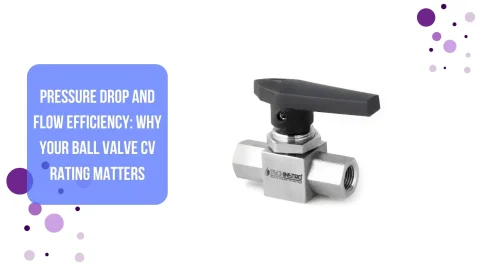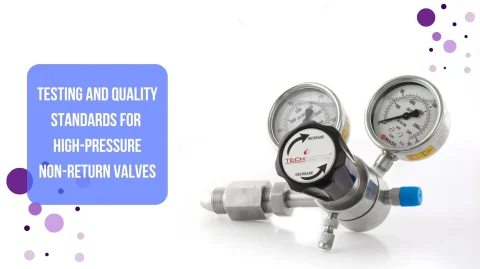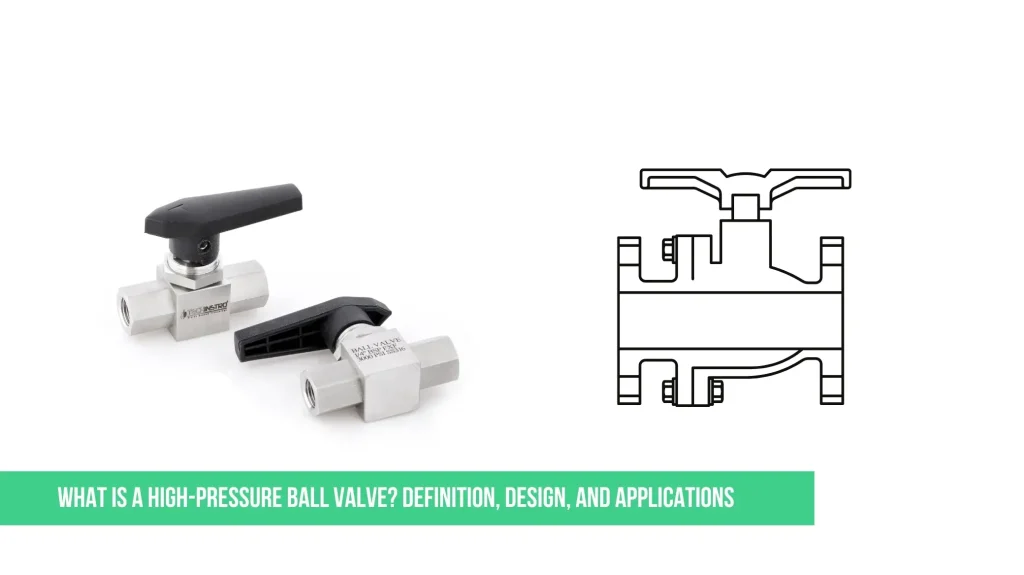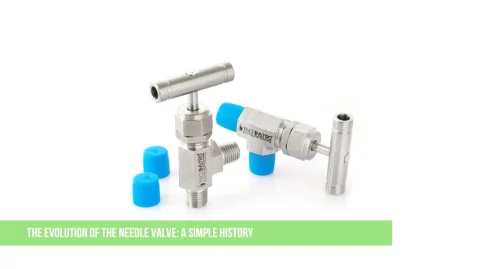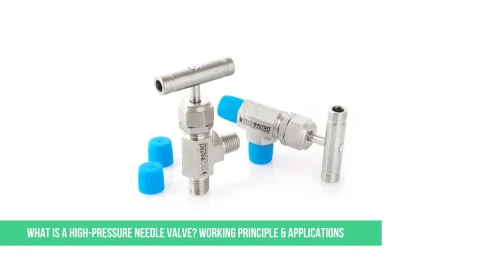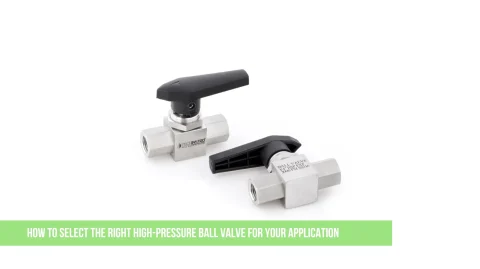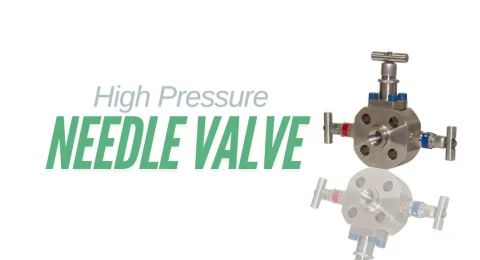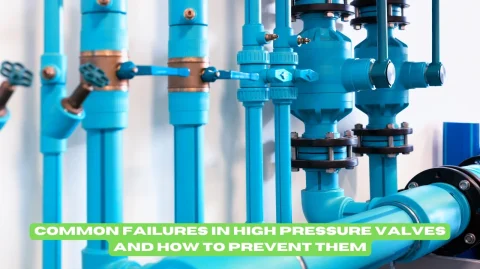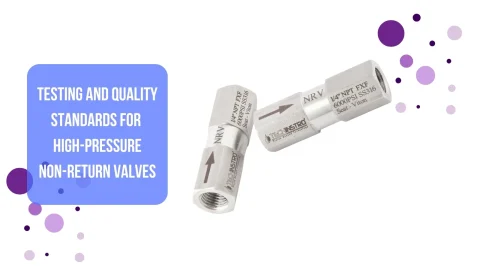High-pressure ball valves are essential components in industries where fluids or gases must be controlled under extreme pressure conditions. These valves are designed to withstand pressures significantly higher than standard ball valves, making them ideal for demanding applications in oil & gas, chemical processing, power generation, and hydraulic systems.
This article explores the definition, design features, working principle, materials, and key applications of high-pressure ball valves.
Definition of a High-Pressure Ball Valve
A high-pressure ball valve is a type of quarter-turn valve that uses a rotating ball with a bore to control fluid flow. It is specifically engineered to handle pressures ranging from 1,000 psi (69 bar) up to 15,000 psi (1,034 bar) or more, depending on the design and material.
Key Characteristics
- Pressure Rating: Typically, ANSI Class 600 to 4500 (or higher for specialized valves).
- Robust Construction: Reinforced body, stem, and sealing mechanisms.
- Superior Sealing: Metal-seated or high-performance polymer seals for leak-proof operation.
- Durability: Resistant to vibration, thermal expansion, and pressure surges.
Design and Components of a High-Pressure Ball Valve
High-pressure ball valves have a reinforced structure compared to standard ball valves. Their design ensures reliable sealing and a long service life under extreme conditions.
Valve Body
- Materials: Stainless steel (SS316, SS304), carbon steel, duplex steel, or alloy metals.
- End Connections: Threaded (NPT, BSP), flanged, or welded ends for secure high-pressure piping.
Ball & Stem
- Ball: Precision-machined with a bore (full or reduced port) for smooth flow control.
- Stem: Anti-blowout design to prevent stem ejection under high pressure.
- Seats & Seals
- Metal Seats (Hardened Steel, Stainless Steel): For high-temperature and abrasive media.
- PTFE or PEEK Seals: For chemical resistance and tight shut-off.
Actuation Methods
- Manual (Lever or Gear Operated) – For smaller valves.
- Pneumatic or Hydraulic Actuators – For automated high-pressure systems.
- Electric Actuators – For remote-controlled applications.
How Does a High-Pressure Ball Valve Work?
High-pressure ball valves operate on a simple quarter-turn mechanism:
- Open Position: The ball’s bore aligns with the pipeline, allowing fluid/gas flow.
- Closed Position: The ball rotates 90°, blocking the flow completely.
- Sealing: The seats press tightly against the ball, preventing leaks even under extreme pressure.
Advantages Over Standard Ball Valves:
- Higher Pressure Resistance– Built for 1,000+ psi applications.
- Enhanced Durability– Resists wear, corrosion, and thermal stress.
- Zero Leakage – Tight shut-off for critical systems.
- Longer Lifespan – Hardened materials reduce maintenance needs.
Applications of High-Pressure Ball Valves
Due to their reliability, these valves are used in industries where safety and performance under high pressure are critical:
Oil & Gas Industry
- Wellhead control, pipeline shut-off, and refinery processes.
- Handles crude oil, natural gas, and hydraulic fracturing (fracking).
Chemical & Petrochemical Plants
- Controls aggressive chemicals, acids, and high-pressure steam.
Power Generation
- Steam turbines, boiler feed systems, and cooling circuits.
Hydraulic Systems
- Heavy machinery, aerospace, and defense applications.
Water Jet Cutting & High-Pressure Cleaning
- Manages ultra-high-pressure water (up to 100,000 psi in some cases).
Conclusion
High-pressure ball valves are critical for systems requiring reliable flow control under extreme pressure. Their robust construction, superior sealing, and versatile materials make them indispensable in industries like oil & gas, chemical processing, and power generation.
When selecting a high-pressure ball valve, consider factors like pressure rating, material compatibility, temperature range, and actuation method to ensure optimal performance.
